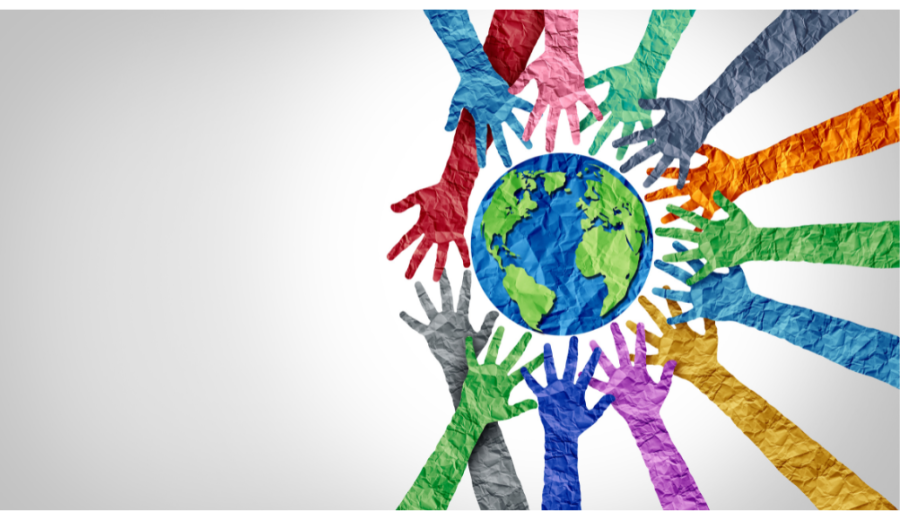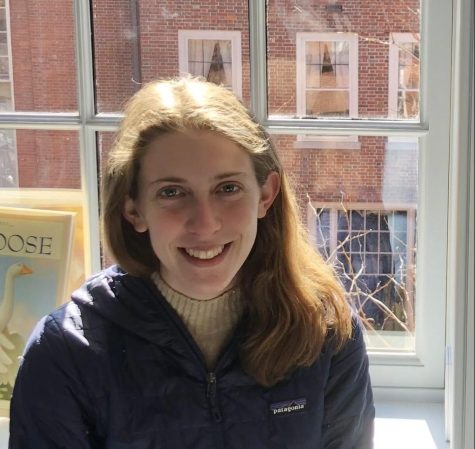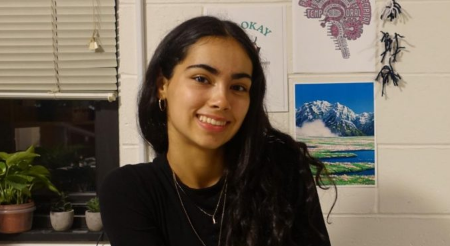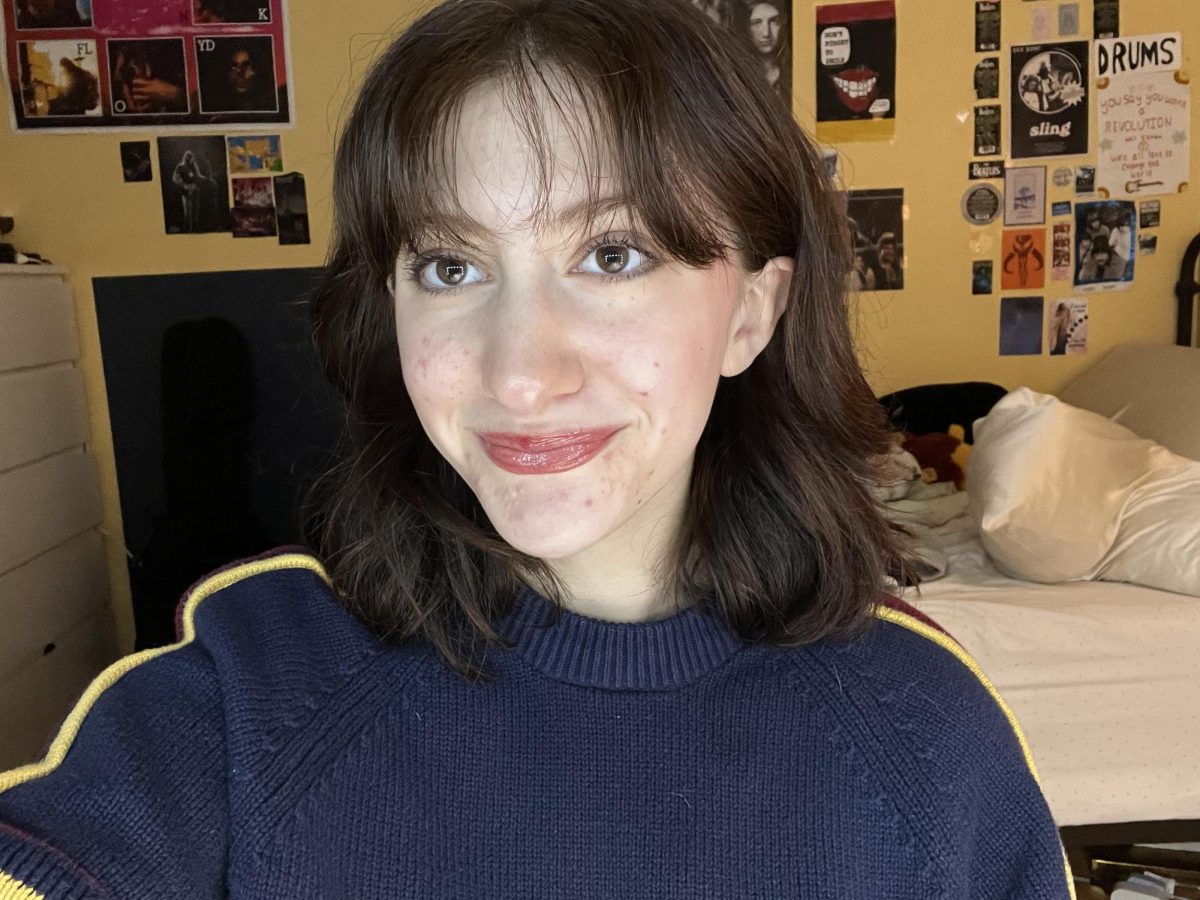Students Embrace Culture in Forty-First International Show
April 11, 2023
South High’s annual International Show will take place this Friday, April 15, during the school day. This will be the forty-first International Show, a South High production that has historically been “educational. . . and entertaining,” according to Ms. Lopez, the International Show coordinator, who was interviewed for this article. This year, the show will highlight celebrations from different cultures, in order to give students a different perspective, while capturing their attention with riveting performances. Along with Ms. Lopez, several student performers were interviewed for this article, representing a number of different countries and cultures from East Asia to Africa, Latin America, and the Middle East.
Show Preparation
Preparing for the International Show is a lengthy process. To begin, Ms. Lopez explained, she and other staff encourage interested students to represent a culture—even if it isn’t their own. “You don’t necessarily have to represent your own culture; you’re welcome to represent other cultures and ethnicities that you love. . . . We welcome anybody and everybody.”
Once countries and groups are established, it is the responsibility of the student leaders to prepare the performance. This includes the choreography, costumes, music, and ensuring that all members of the group have a role in the performance. “I think it’s just about planning what we should do each and every time and process[ing] how it will look for the others,” said Lisa Phan ‘25, co-leader of the Vietnam performance.
“Sometimes it’s easy and sometimes it’s hard, because everybody has their own opinions,” Kiki Adu Gyamfi ‘24, and leader of the African narrative group, said, about leading a performance.
However, groups often work well together to create and learn their performances. “… Each person in the group has [a] trait in them that helps the whole thing come together,” said Victor Martinez ‘23, co-leader of the Dominican Republic, Puerto Rico, Honduras, and United States groups.
The Groups
Groups are sometimes made up of people from different countries, although they are part of the same performance. While this may seem challenging, students overcome these differences to find strong similarities between each other, such as in the Middle East group, which is performing the dance Dabke, a traditional Middle Eastern folk dance. “…Most of the Middle Eastern countries. . . if not all, participate in this dance, but there’s various styles of it,” Malaak Massoud ‘25 said. “The dance we’re doing is not from any of the countries that we come from—it’s [a] Lebanese style.”
Still, Zainab Ismail ‘23 said, “We’re all very familiar with this dance. I mean, even with the music—it’s in Arabic, and so we all understand it. We all love just the way that it is.”
“Like, it doesn’t matter that it’s from [Lebanon]… we’re all from different [countries]… and none of us are from [Lebanon] but. . . we still want to do it,” said Salam Najjar ‘24.
Expressing Culture and Heritage
Despite the different performances, all of the countries have a similar goal of showcasing their heritage and culture. The African narrative, for example, is not a dance like the other performances but “it gives me an opportunity to showcase my culture, which I’m very proud of,” said Adu Gyamfi.
All of the students interviewed cared significantly about their culture, and for them, this was an important reason to participate in the International Show. For Martinez, the show is an opportunity to indirectly reach out to other students, especially non-English speakers from other countries and recent immigrants; it allows them to see their culture proudly represented, helping them to build a connection with the school and their community. Martinez hopes new students might think, “That could be me, I could dance up there. I don’t have to be afraid of my country or my culture. I don’t have to be afraid of who I am.”
Mentioning the struggles many immigrant students face, Martinez wanted to “[connect] with these kids, and let them know, like, ‘do your best.’ Don’t let [anybody] bring you down. . . .”
The Middle Eastern group had a similar goal of connecting to other students of their heritage at South, but they also found the International Show an opportunity to connect with students from their performance group. “We got to meet each other and make some friends…” said Massoud.
Ismail agreed. “I mean, we have this group chat on Instagram, and it’s just so fun. We talk about so many things. And I mean, I’ve learned a lot of things about [what makes]. . . us who we are. . .”
Expressing culture is also an important part of the show for the Vietnam group. Through their performance, Felix Aponte Hernandez ‘23 said the group hopes to display “tradition, the beauty of tradition.”
“This shows who we really are,” Phan said. “It’s our culture.”
The Heart of the Show
All of the performers agreed that at its heart, the show is about displaying pride for your culture. It’s an opportunity for students to showcase who they are without being ashamed, and for the students who don’t have a close connection to their culture or heritage, the show can allow them to build one.
For the Middle Eastern group, for example, it can be difficult to express their culture amidst stereotypes and misconceptions. Massoud mentioned that when people find out where she’s from, “they make a lot of terrorist jokes, or a lot of [inappropriate] jokes.” However, this doesn’t stop her and her group from being proud of who they are, and doesn’t make them hesitant in expressing their culture. Ismail added on saying, “The great love we have for our culture doesn’t make us. . . uncomfortable. . . . I really love where I come from.”
Adu Gyamfi had a similar message, and believed that no matter what people say about your culture, “that’s where you’re from,” and it’s important to be proud of that.
“My culture is just amazing,” she said. “It’s gold.”




